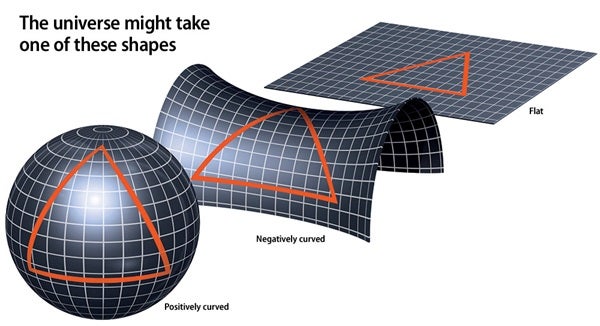The universe is finite if it is positively curved and infinite if it is negatively curved or flat.
Fortunately, cosmology experiments can measure cosmic geometry. In particular, the sizes of the hot and cold spots in the cosmic microwave background left over from the early universe are sensitive to the geometry of the universe. The spots appear bigger in positively curved space and smaller in negatively curved space. Measurements made over the past decade indicate that the universe is very nearly flat. (In fact, cosmic geometry is most likely exactly flat, since this is precisely what inflationary theory predicts.)
There is a small chance that the universe is finite if cosmic geometry is slightly positively curved. Observations tell us the maximum curvature allowed, which corresponds to the smallest size the universe can be. This lower bound implies that the cosmos is at least about 300 billion light-years across, which is a lot larger than how far we can (in principle) observe — which is about 50 billion light-years. Observations combined with the spectacularly successful inflationary theory make it likely that the universe actually is infinite, and not just for practical purposes. — Dragan Huterer, University of Michigan, Ann Arbor










